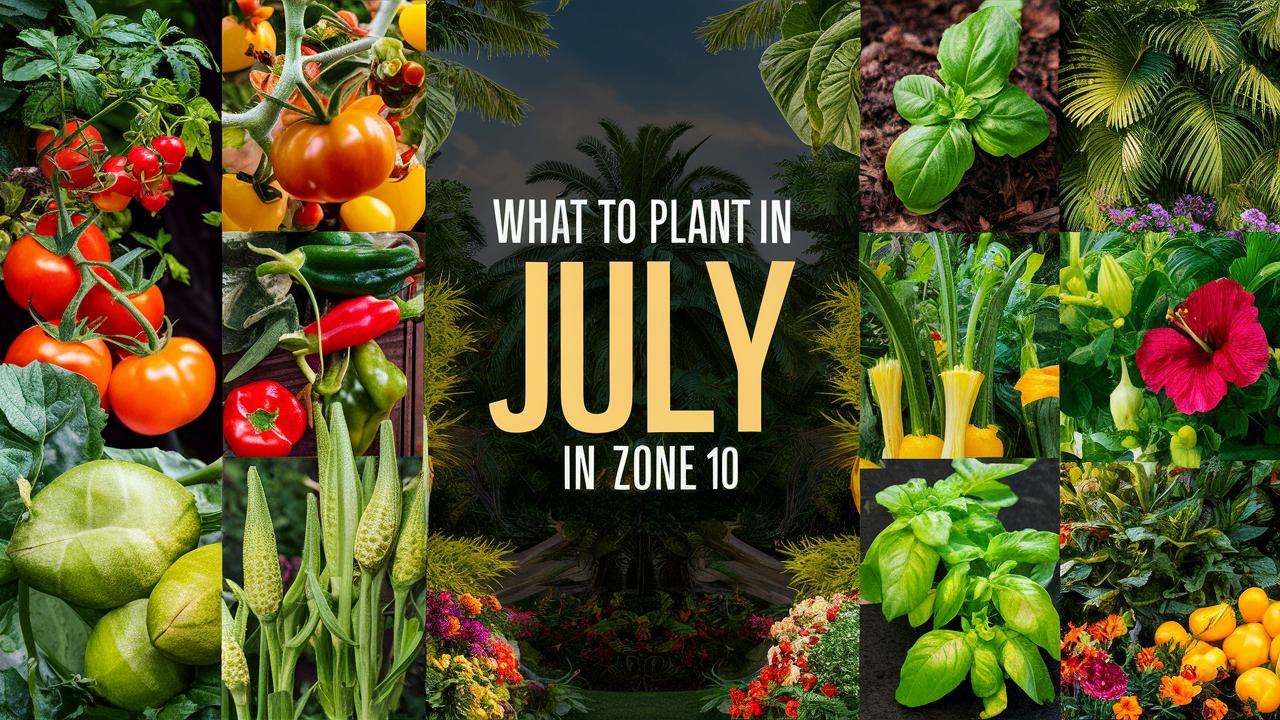This guide will cover the best vegetables, flowers, herbs, and landscape plants that can be successfully planted during this month, along with specific instructions and insights about each plant.
Vegetables To Plant
Beans (Phaseolus spp.)
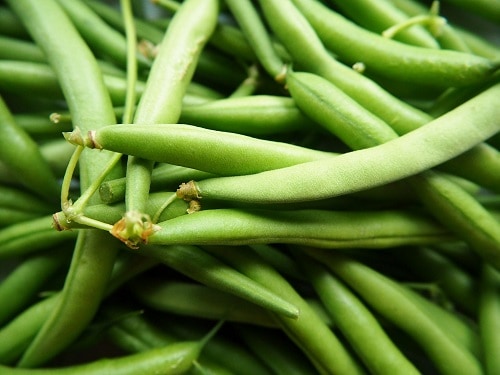
Beans are a vibrant addition to any summer garden, thriving in the warm soil of Zone 10. Planting can typically occur from mid-spring to late summer, with July being an ideal time for small-seeded varieties such as bush beans. Beans prefer temperatures between 70°F and 85°F.
Planting Tip: Direct sow beans in well-drained soil, ensuring they receive full sun. Space seeds about 1-2 inches apart and 1 inch deep. Keep the soil consistently moist but not soggy.
Cucumbers (Cucumis sativus)
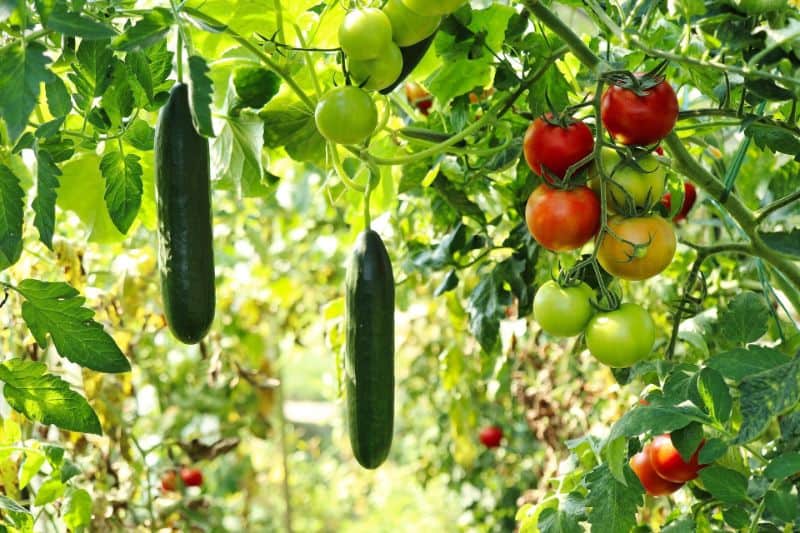
Cucumbers flourish in warm temperatures and can be planted in July in Zone 10 for a late summer harvest. These plants love heat and grow best between 70°F and 95°F.
Planting Tip: Sow seeds directly into nutrient-rich soil, about 1 inch deep. Aim for a spacing of 12 to 36 inches depending on the growth habits (bush vs. vining). Use trellises to save space and encourage air circulation.
Okra (Abelmoschus esculentus)
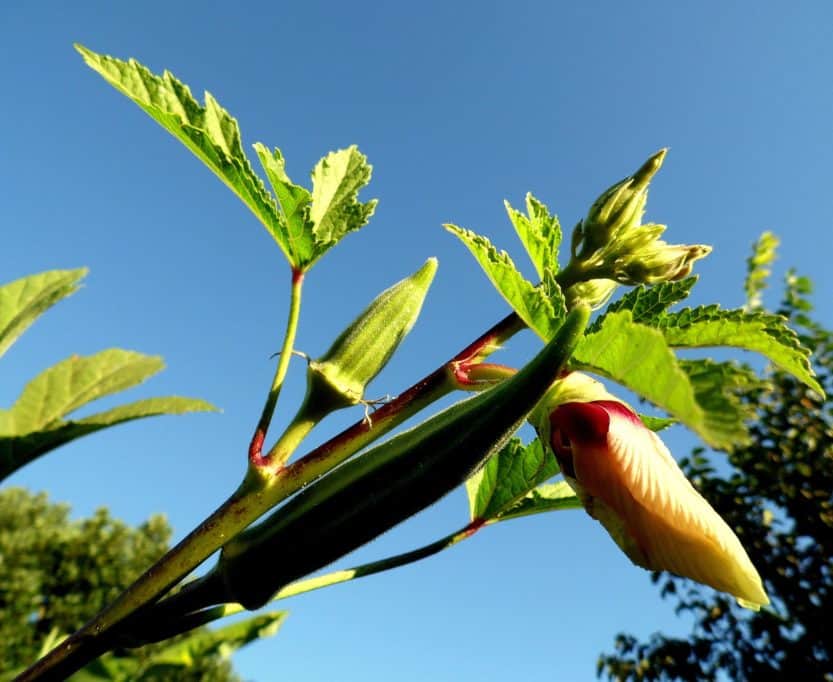
Okra is an excellent choice for July planting, as it thrives in hot conditions and can withstand summer heat. Ideally, okra grows best at temperatures exceeding 70°F, and it can tolerate even higher heat during the day.
Planting Tip: Direct sow seeds in a sunny spot with well-draining, fertile soil. Space plants 12-18 inches apart, as okra tends to spread out as it matures. Water consistently to avoid stress during dry spells.
Peppers (Capsicum spp.)
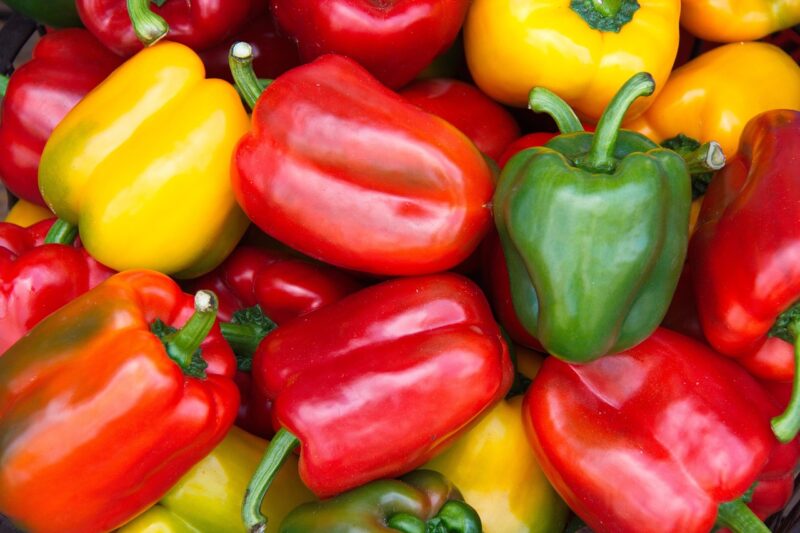
Both sweet and hot peppers can be sown in July for a fruitful late-season harvest. Peppers love warmth and need temperatures above 60°F to germinate properly.
Planting Tip: Start by planting seedlings in fertile, well-drained soil, spaced 18-24 inches apart. Peppers benefit from consistent moisture, so regular watering is key, especially during flowering and fruiting stages.
Squash (Cucurbita spp.)
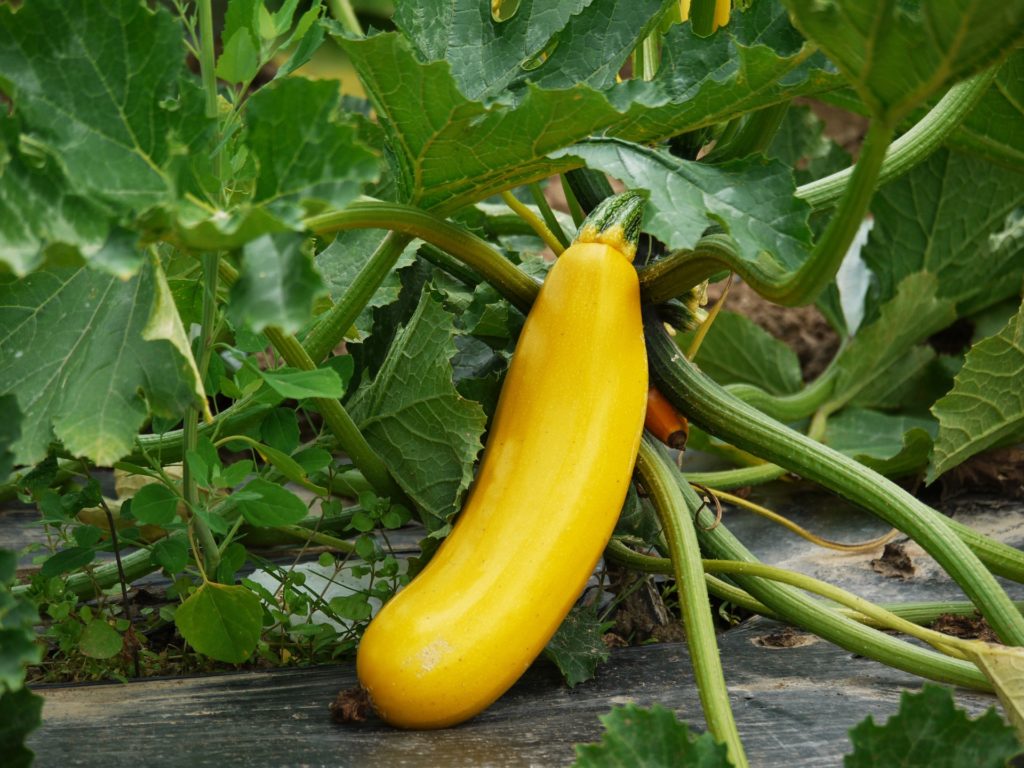
July is an excellent month for planting summer squash varieties like zucchini or yellow squash. They thrive in warm weather, with optimal growth temperatures ranging from 70°F to 90°F.
Planting Tip: Sow seeds directly in a full-sun location, 1 inch deep, and 24-36 inches apart. Squash plants benefit from organic mulch, which retains moisture and keeps weeds at bay.
Tomatoes (Solanum lycopersicum)
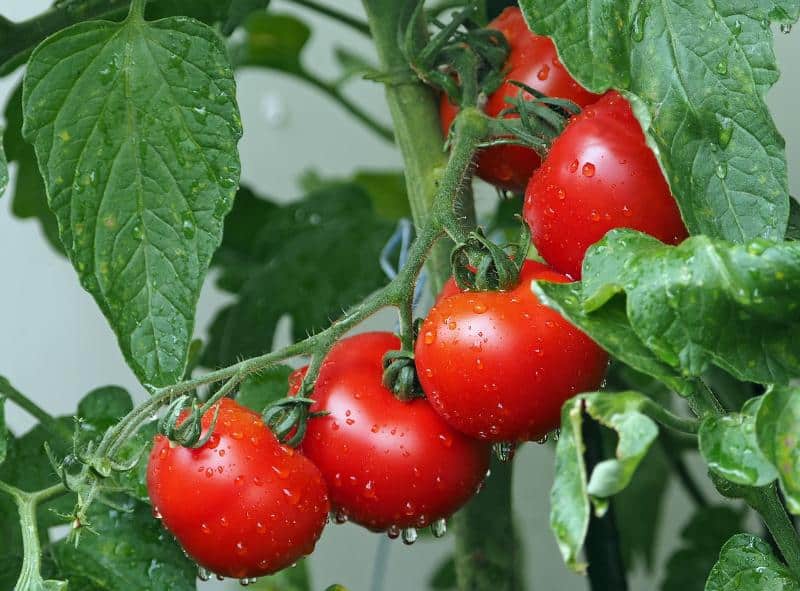
Though tomatoes are typically planted earlier in the year, if you are looking for a late harvest in Zone 10, July is a viable option for specific varieties, particularly those that are heat-tolerant. Ideal growth temperatures range from 70°F to 85°F.
Planting Tip: Choose varieties like Sun Gold or Heatwave II that can handle the heat. Plant seedlings 2-3 feet apart in well-draining soil. Regular watering is crucial to prevent blossom drop in the heat.
Carrots (Daucus carota)
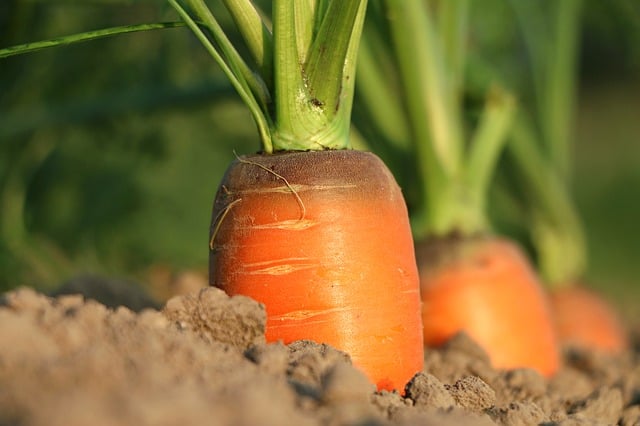
In Zone 10, July is a great time to start planting carrots, especially shorter varieties that can mature before the heat becomes overwhelming. Carrots thrive in cool temperatures, but they can still grow in the warmer weeks of July.
Planting Tip: Sow seeds directly in loose, well-aerated soil and thin them as they grow to ensure proper spacing of 2-3 inches. Protect young seedlings from heavy sun and dry out with mulch.
Radishes (Raphanus sativus)
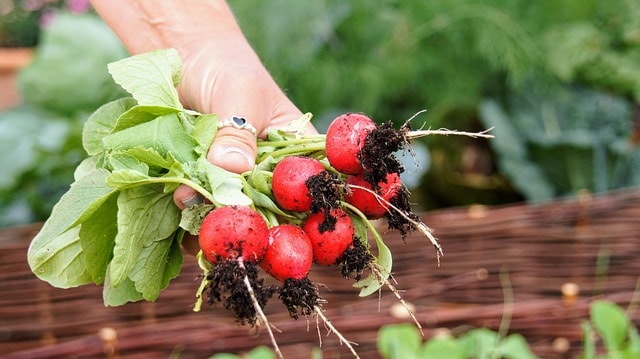
Radishes are a fast-growing vegetable that can be sown from late spring through early summer. Planting in July can yield quick results, especially for varieties like Cherry Belle and French Breakfast.
Planting Tip: Direct sow seeds in well-drained soil, about half an inch deep and 1 inch apart. They grow best in cooler temperatures, so consider partial shade in the hotter parts of the day.
Basil (Ocimum basilicum)

While typically classified as an herb, basil can be an essential vegetable in any summer garden. July is a great time to plant this aromatic herb, which thrives between 70°F and 90°F.
Planting Tip: Sow seeds directly into rich soil, spacing them 12 inches apart. Basil prefers regular moisture, so water consistently while avoiding wet leaves to prevent fungal issues.
Eggplant (Solanum melongena)
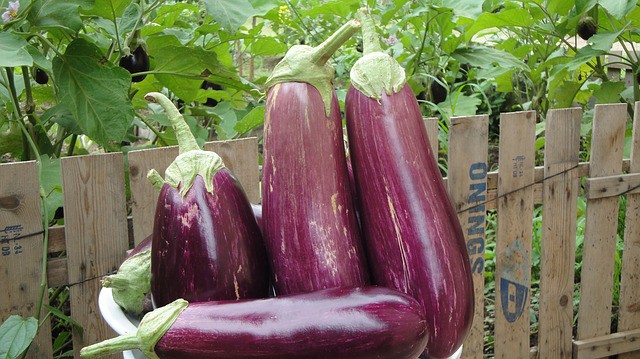
Eggplants are another warm-weather crop that can be planted in July in Zone 10. They thrive in warm temperatures, with ideal growth between 70°F and 90°F.
Planting Tip: Plant seedlings 2-3 feet apart in well-drained, fertile soil. Eggplants benefit from staking or caging as they mature to keep the heavy fruits off the ground, reducing rot potential.
Flowers To Plant
Zinnias (Zinnia elegans)

Zinnias are vibrant summer annuals that bloom profusely in sunny gardens. July is a perfect time for planting them; they thrive in warm temperatures ranging from 70°F to 90°F but are tolerant of heat.
Planting Tip: Direct sow seeds in well-draining soil, ensuring they receive plenty of sunlight. Space plants 12 inches apart for good air circulation and optimal growth. Regular deadheading encourages more blooms.
Marigolds (Tagetes spp.)
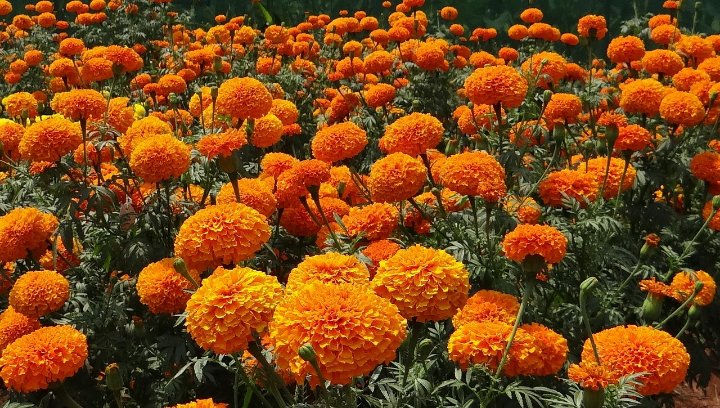
Known for their pest-repelling qualities, marigolds are easy to grow and can be planted in July. They thrive in full sun and prefer warm temperatures, making them perfect for summer planting.
Planting Tip: Sow seeds directly into the garden, spacing them 10-12 inches apart. Marigolds are forgiving and can adapt to various soil types, but they thrive in well-drained conditions.
Cosmos (Cosmos bipinnatus)

Cosmos are another excellent flower choice for July gardening. They thrive in warm weather and can tolerate poor soil conditions, making them an ideal candidate for novice gardeners.
Planting Tip: Direct sow seeds in a sunny spot, about 1 inch deep and spaced 12-18 inches apart. Cosmos will bloom abundantly with regular watering and can attract beneficial pollinators.
Sunflowers (Helianthus annuus)

Sunflowers are iconic summer flowers that can be directly planted in July. They thrive in warm weather, flourishing in temperatures above 70°F.
Planting Tip: Sow seeds 1-2 inches deep and about 6-12 inches apart. Sunflowers grow best in full sun and can reach impressive heights, providing an attractive display alongside other garden plants.
Salvia (Salvia spp.)

Salvia, particularly annual varieties, is an excellent choice for summer planting. With their ability to withstand heat and drought, salvia plants thrive in full sunlight and prefer warm temperatures.
Planting Tip: Sow seeds directly into well-draining soil at a depth of about 1/4 inch. Space them 12 inches apart for proper air circulation. Salvia attracts pollinators and blooms all summer long.
Celosia (Celosia spp.)
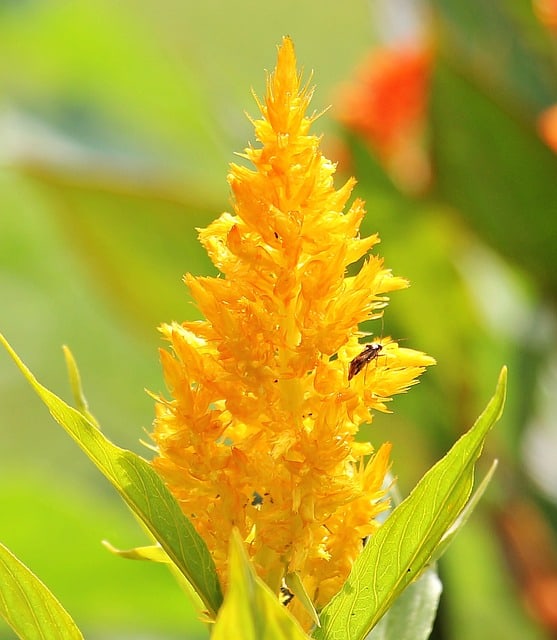
Celosia, with its feathery plume-like flowers, adds a unique texture to garden beds. This heat-loving plant can be sown in July for a colorful summer display.
Planting Tip: Direct sow seeds in well-draining soil, spacing them 12-15 inches apart. Celosia thrives in sunny locations and does not require abundant watering once established.
Petunias (Petunia spp.)
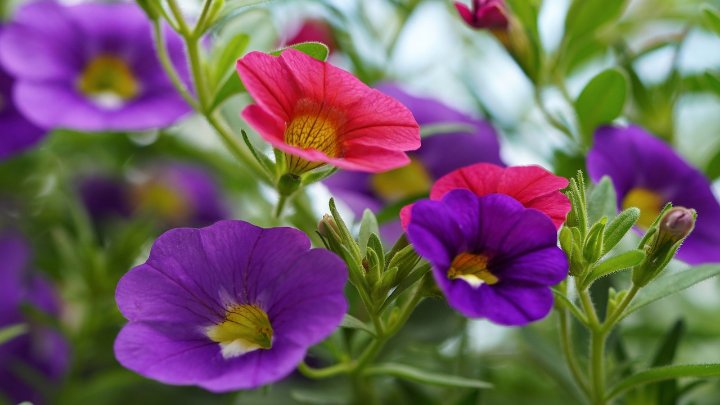
Heat-tolerant petunias can be planted in July and will provide vibrant colors all summer long. They grow best in warm climates, thriving at temperatures between 70°F and 80°F.
Planting Tip: Seedlings can be planted 12-18 inches apart in rich, well-drained soil. Regular deadheading will encourage continuous blooms and improve overall health.
Lantana (Lantana camara)

Lantana is a resilient flowering plant that thrives in the heat of summer. July is a suitable time to sow these colorful, drought-tolerant plants.
Planting Tip: Transplant young plants or sow seeds directly into garden beds. They prefer full sunlight and well-drained soil, requiring minimal watering once established.
Portulaca (Portulaca oleracea)
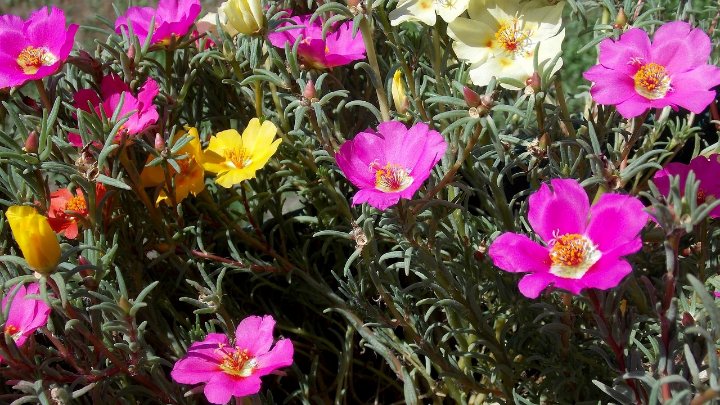
Portulaca, or moss rose, is a hardy succulent that thrives in hot, dry conditions. It can be planted in July and will provide a burst of color in the full sun.
Planting Tip: Direct sow seeds in well-draining, sandy soil at a depth of 1/4 inch. Portulaca excels in low-water conditions, making it a great choice for rock gardens and xeriscapes.
Verbena (Verbena spp.)
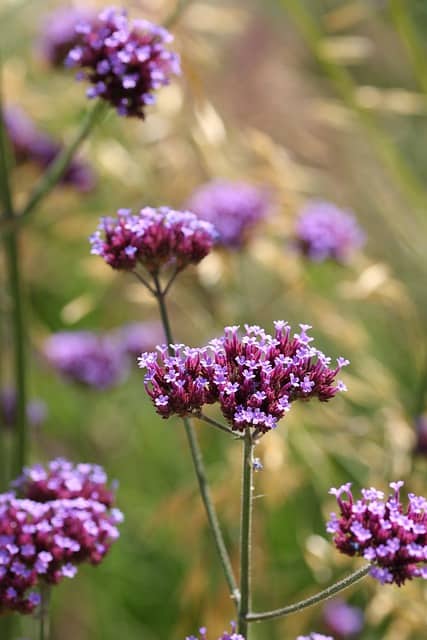
Verbena plants produce clusters of small flowers in a variety of colors, thriving in sunny, warm conditions. July is ideal for planting them for a vibrant late-summer display.
Planting Tip: Sow seeds in well-draining soil, spacing plants 12-18 inches apart. Regular watering encourages growth, but be sure to allow the soil to dry out between waterings to prevent root rot.
Herbs To Plant
Basil (Ocimum basilicum)

Basil is a summer favorite and can be planted in July for a flavorful addition to various dishes. This herb enjoys warm temperatures and thrives best at around 70°F to 90°F.
Planting Tip: Start seeds or seedlings in well-drained, nutrient-rich soil, ensuring they receive full sun. Space plants about 12 inches apart to allow for growth, and water consistently for a robust harvest.
Cilantro (Coriandrum sativum)
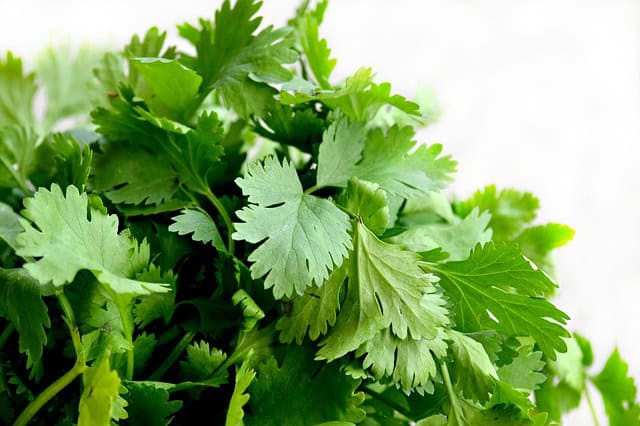
Cilantro prefers cooler temperatures, typically flourishing in spring and fall. However, in the milder climates of Zone 10, you can sow it in early July for a late summer harvest.
Planting Tip: Direct sow cilantro seeds in well-drained soil, about 1/4 to 1/2 inch deep. They thrive in full sun or partial shade, and because they bolt quickly in heat, regular harvesting can prolong the season.
Dill (Anethum graveolens)
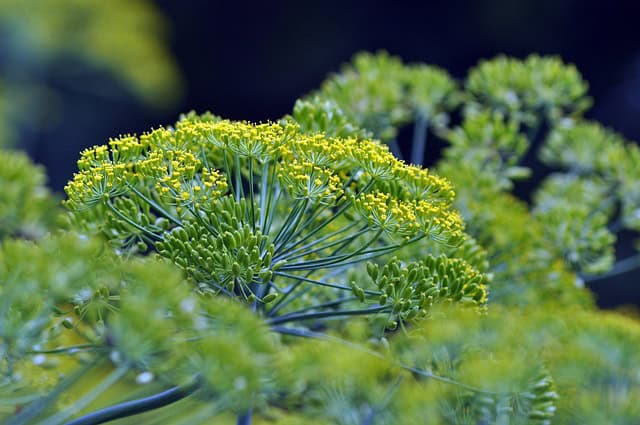
Dill is another herb that can be successfully planted in July. Known for its feathery leaves and distinct aroma, it loves full sun and moderately warm temperatures.
Planting Tip: Sow seeds directly into the garden, about 1/4 inch deep. Space them 12-18 inches apart. Dill is relatively low-maintenance and can tolerate some drought once established.
Oregano (Origanum vulgare)
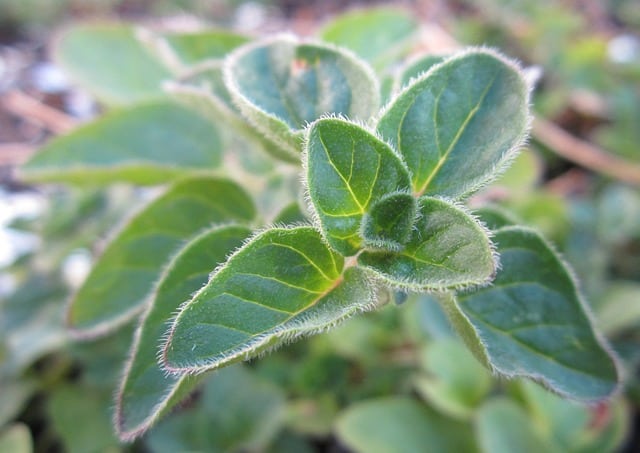
Oregano is an essential culinary herb that thrives in warm climates. Planting in July can yield a strong, aromatic herb for summer meals.
Planting Tip: Transplant young plants or sow seeds in well-draining soil, with a spacing of around 12 inches apart. Oregano prefers full sun and can benefit from occasional pruning to encourage bushier growth.
Thyme (Thymus vulgaris)
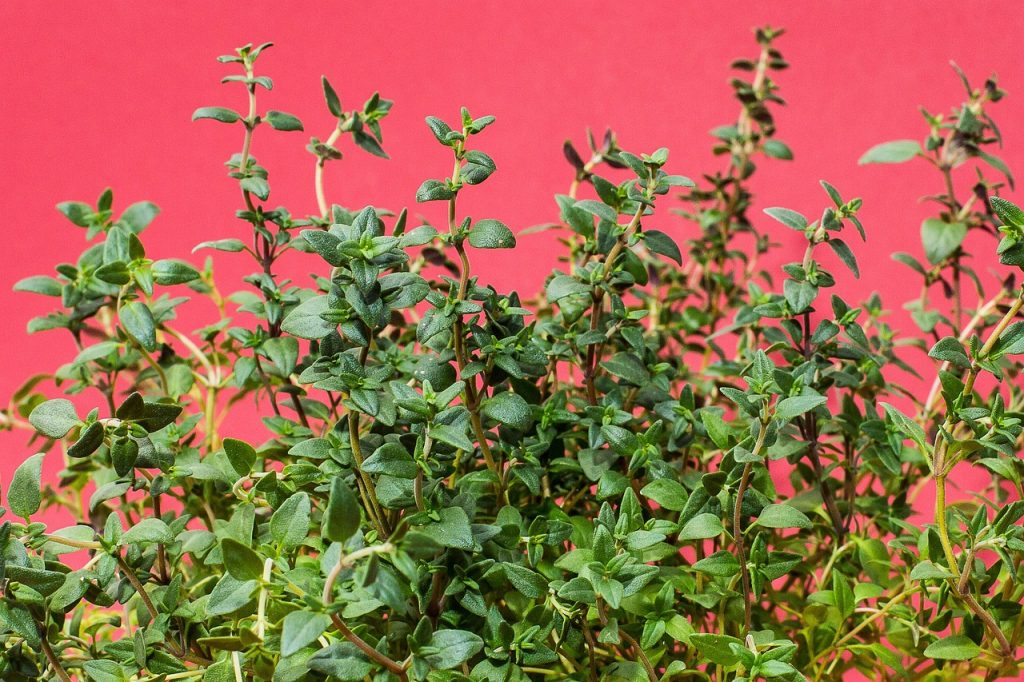
Thyme is a resilient herb that can be planted in July in Zone 10. It thrives in well-drained soil and requires less water than many other herbs.
Planting Tip: Space plants 12 inches apart in a sunny location. Thyme can be grown from seeds, but it is often easier to plant established seedlings. Regular trimming encourages fuller growth.
Sage (Salvia officinalis)
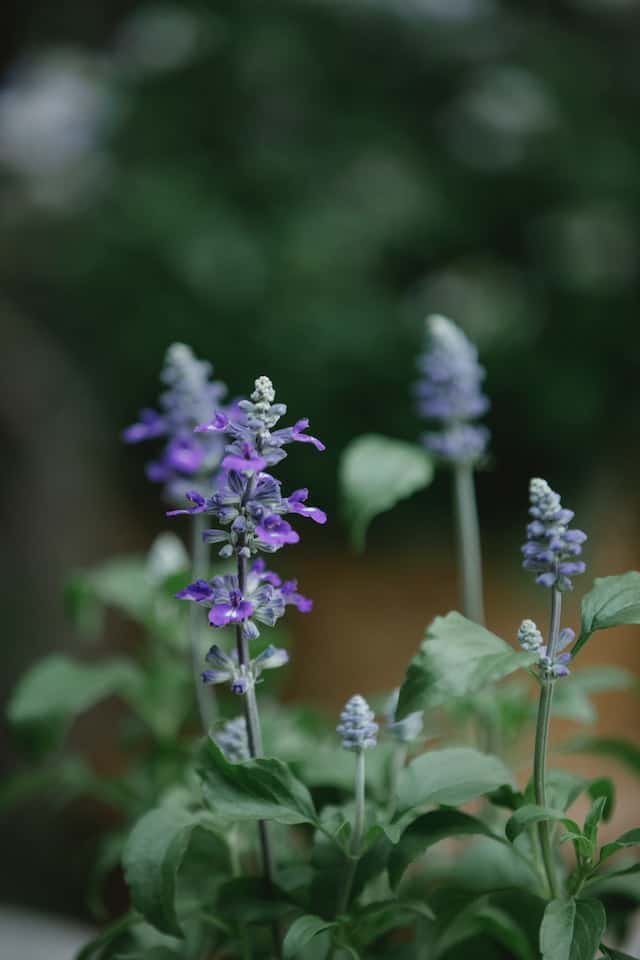
Sage is another herb suitable for July planting, known for its distinctive flavor and gorgeous gray-green foliage. It thrives in sunny, warm conditions.
Planting Tip: Sow seeds directly in well-drained soil, spacing them 12-24 inches apart. Sage is drought-tolerant once established and prefers dry conditions, making it a low-maintenance addition to any herb garden.
Lemon Balm (Melissa officinalis)

Lemon balm is a fragrant herb that can be planted in July, offering a refreshing scent and flavor. It prefers warm conditions but also tolerates partial shade.
Planting Tip: Sow seeds about 1/4 inch deep in well-drained soil, spacing them 12-18 inches apart. Regular harvesting can help keep the plant giddy and vibrant, preventing it from becoming too leggy.
Chives (Allium schoenoprasum)

Chives are a hardy herb that can thrive in the warm weather of July, adding a mild onion flavor to culinary dishes. They prefer temperatures above 60°F.
Planting Tip: Direct sow or transplant clumps of chives in rich, well-drained soil. Space them about 12 inches apart, and they will require minimal care once established, thriving especially well in full sun.
Mint (Mentha spp.)
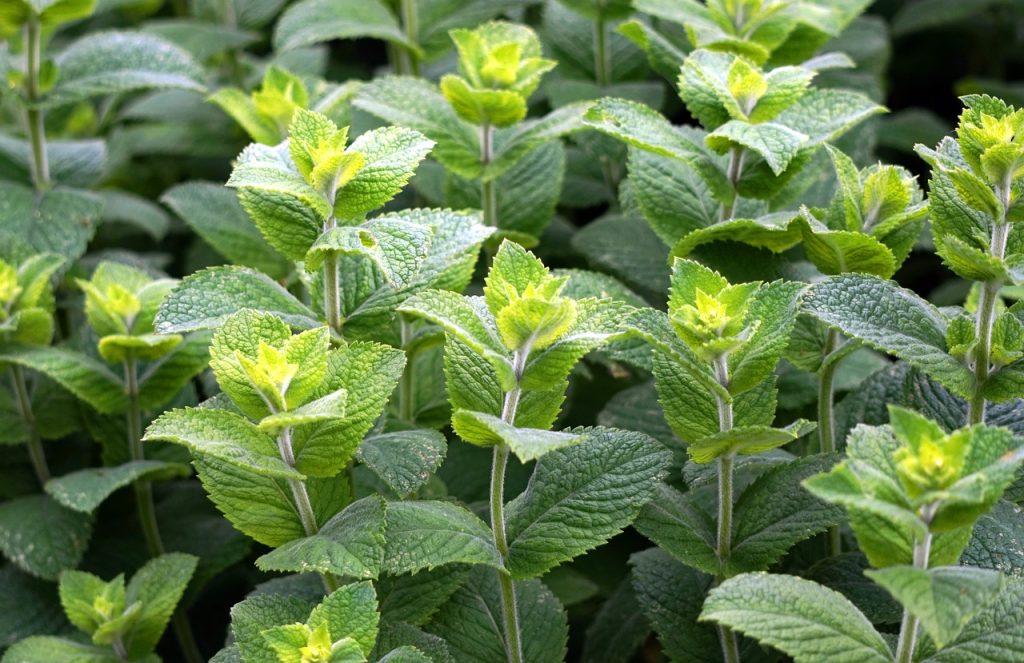
July is an excellent time to plant mint, known for its vigorous growth and refreshing flavor. Mints thrive in moist, fertile soils and can tolerate partial shade.
Planting Tip: Space plants 12-18 inches apart, as mint can spread aggressively. Container gardening is often recommended to keep its growth in check. Regular watering will help maintain its lush appearance.
Fennel (Foeniculum vulgare)
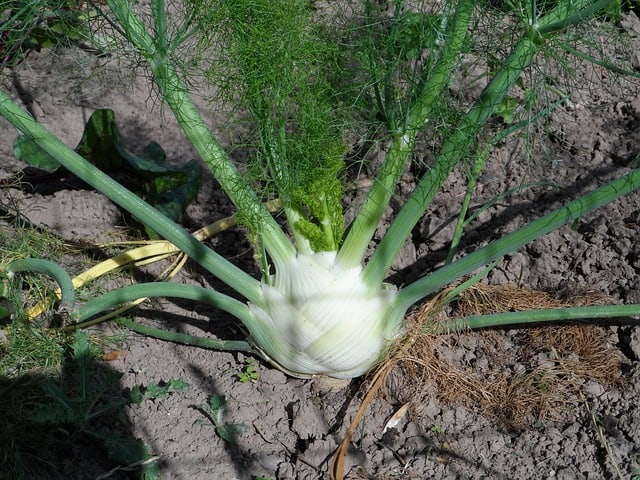
Fennel can thrive in the warmer months, making it suitable for July planting in Zone 10. This herb, often used for its flavorful bulbs and fronds, prefers full sun and well-drained conditions.
Planting Tip: Sow fennel seeds directly in the garden, spacing them 12 inches apart. Regular watering will ensure the bulb’s growth, while full sun enhances their flavor profile.
Landscape Plants To Plant
Bougainvillea (Bougainvillea spp.)
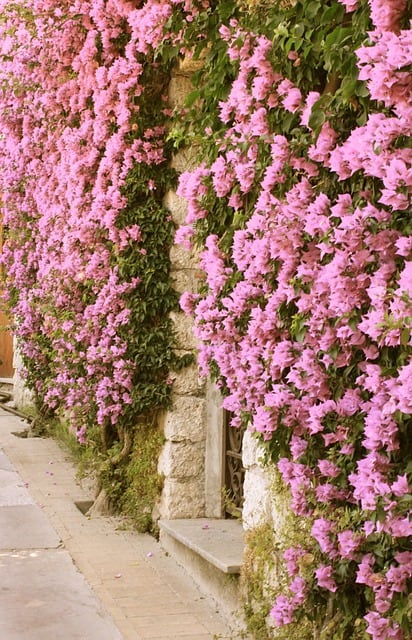
Bougainvillea is an ornamental climber that thrives in the warm climate of Zone 10. Bougainvillea loves bright, sunny conditions and can tolerate temperatures as high as 100°F.
Planting Tip: Plant in full sun with well-draining soil. Use trellises to support their vigorous growth. Since they are drought-resistant, allowing them to dry out slightly between watering can promote blooming.
Hardy Hibiscus (Hibiscus moscheutos)
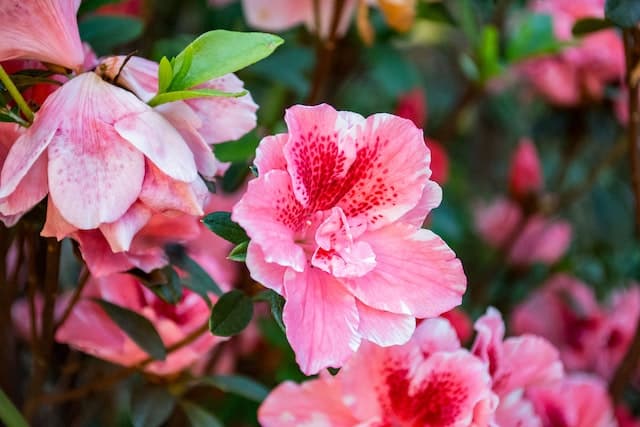
Hardy hibiscus is a stunning perennial that can be planted in July, showcasing large, colorful blooms through late summer. They thrive in warm temperatures between 70°F and 90°F.
Planting Tip: Plant in moist, well-drained soil with partial shade to full sun. Space plants 24-36 inches apart, allowing for their substantial spread. Regular watering during hot summer months keeps them flourishing.
Plumbago (Plumbago auriculata)
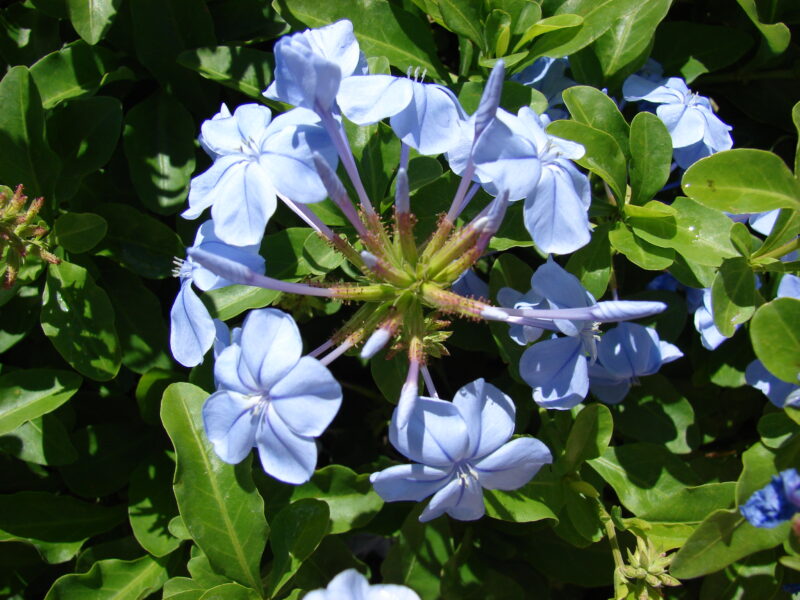
Plumbago is a hardy shrub that produces vibrant blue flowers. It is perfect for the warmer climates of Zone 10, thriving in full sun and well-drained soil.
Planting Tip: Space plants 3-4 feet apart for proper growth. Plumbago is drought-tolerant once established, and regular pruning helps maintain a compact shape for a neater appearance.
Lantana (Lantana camara)

Lantana, previously mentioned among summer flowers, doubles as an exceptional landscape plant. Its drought tolerance and ability to flourish in hot temperatures make it ideal for low-maintenance gardens.
Planting Tip: Space plants 18-24 inches apart in sunny areas with well-drained soil. Lantana attracts butterflies and other pollinators, enhancing the beauty and biodiversity of your garden.
Oleander (Nerium oleander)

Oleander is a tough and drought-tolerant shrub that does well in hot conditions, making it well-suited for Zone 10. It can produce charming summer blooms, available in various colors.
Planting Tip: Plant in full sun with adequate spacing of 3-6 feet, as it can grow quite large. Oleander thrives in well-draining soil and is tolerant of neglect once established.
Indian Hawthorn (Rhaphiolepis indica)
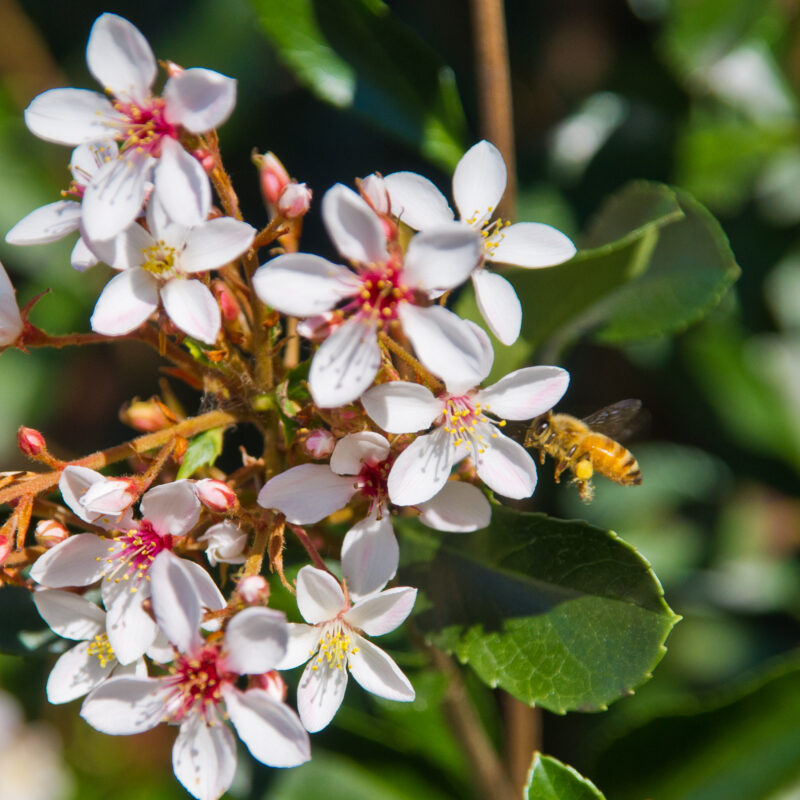
Indian hawthorn is a beautiful evergreen shrub that thrives well in warm climates. With its glossy foliage and clusters of pink or white flowers, it is perfect for foundation plantings.
Planting Tip: Space plants 3-4 feet apart in areas receiving full sun to partial shade. This hardy plant thrives in well-drained soil and only needs moderate watering once established.
Firebush (Hamelia patens)
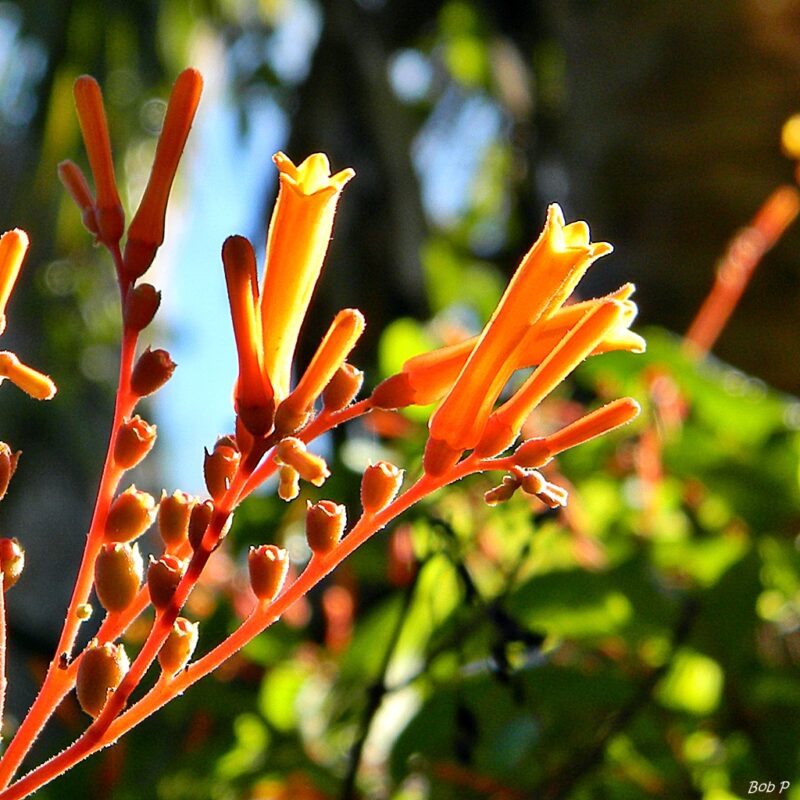
Firebush is a colorful shrub that thrives in warm environments, known for its tubular flowers that attract hummingbirds and butterflies. It does well in Zone 10’s heat.
Planting Tip: Plant in full sun, allowing for a spacing of 3-5 feet. Firebush is drought-tolerant, but regular watering encourages vibrant blooms and keeps the plant healthy.
Mexican Sage (Salvia leucantha)
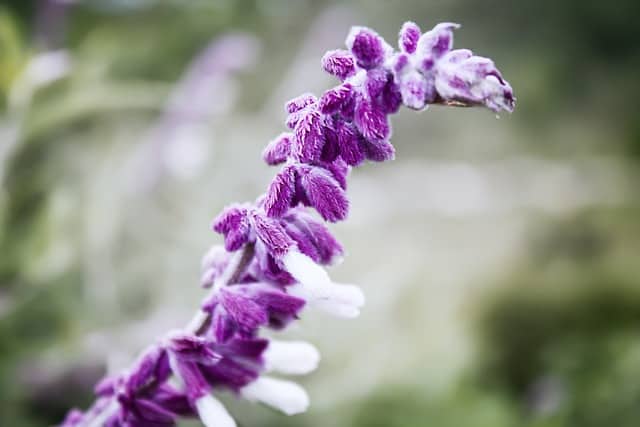
Mexican sage is a perennial that produces striking purple flowers and thrives in hot conditions. It does well throughout summer, making it suitable for July planting.
Planting Tip: Space plants about 18-24 inches apart in well-drained soil and full sun. With some drought tolerance once established, they benefit from occasional deadheading to enhance blooming.
Blue Fescue (Festuca glauca)
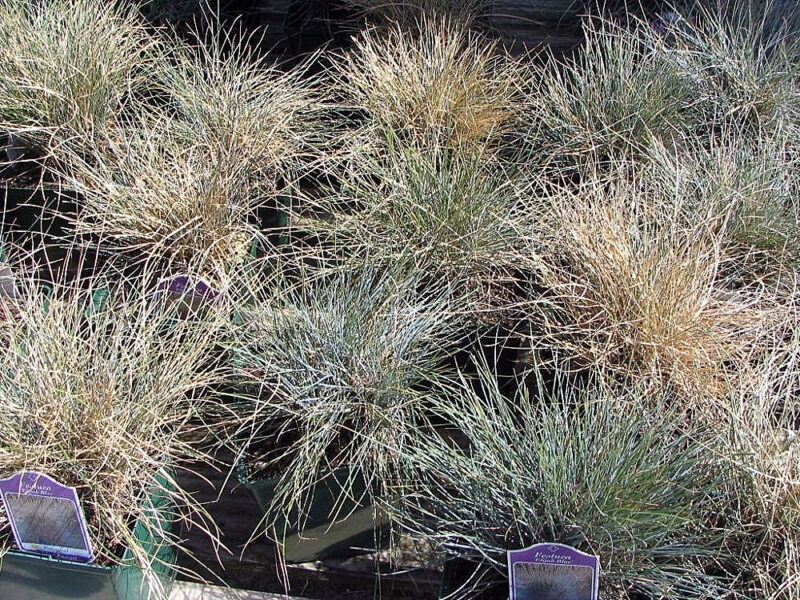
Blue fescue is a compact ornamental grass that adds texture and color to garden beds. It thrives in full sun and can withstand the warmer temperatures of Zone 10.
Planting Tip: Space clumps about 12-15 inches apart for good air circulation. This hardy grass prefers well-drained soil, and once established, it requires minimal water.
Pampas Grass (Cortaderia selloana)
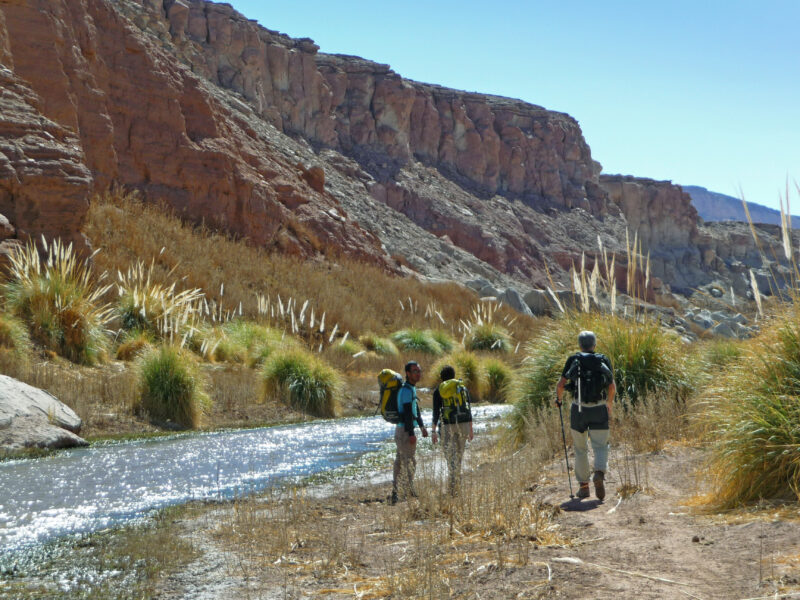
Pampas grass is a dramatic, plume-like ornamental grass that can add striking vertical interest to landscapes. It thrives in Zone 10 and can tolerate the heat and sun.
Planting Tip: Space plants 4-6 feet apart, as they can grow quite large. Pampas grass prefers well-drained soil and is drought-tolerant once established, making it a low-maintenance option for gardens.


